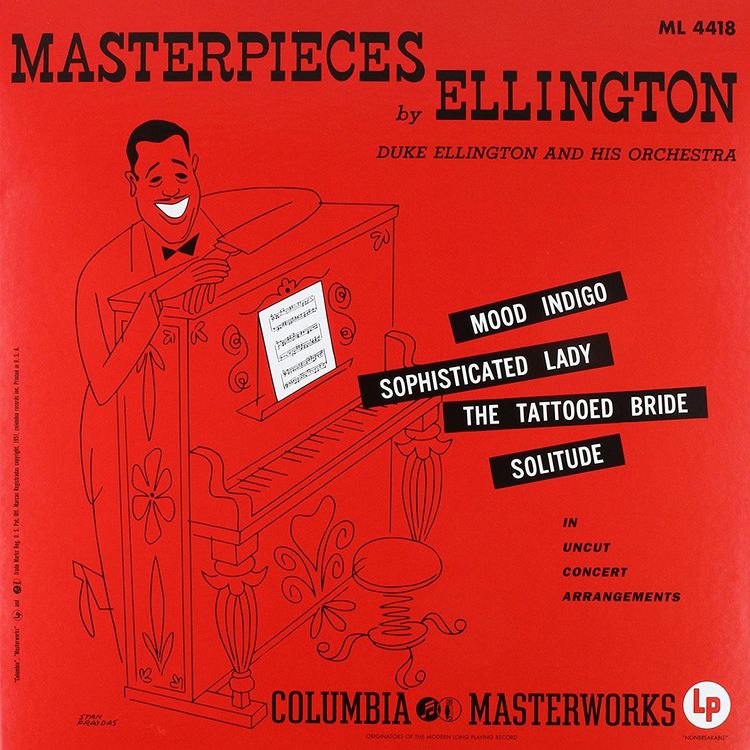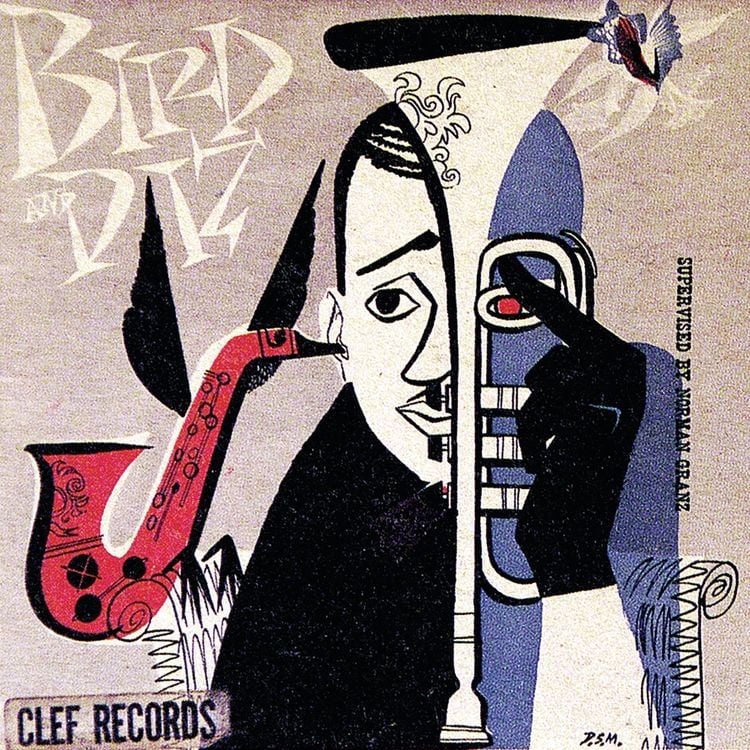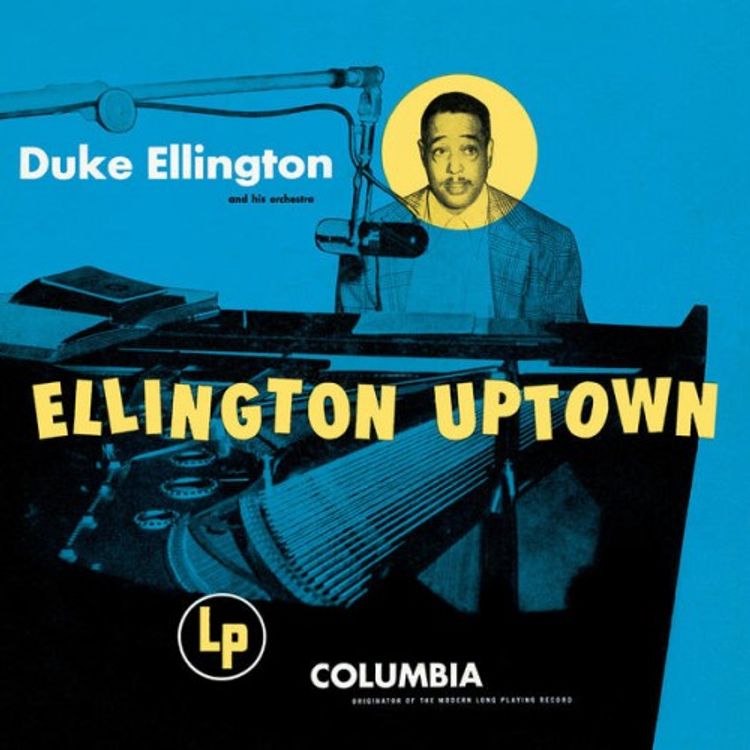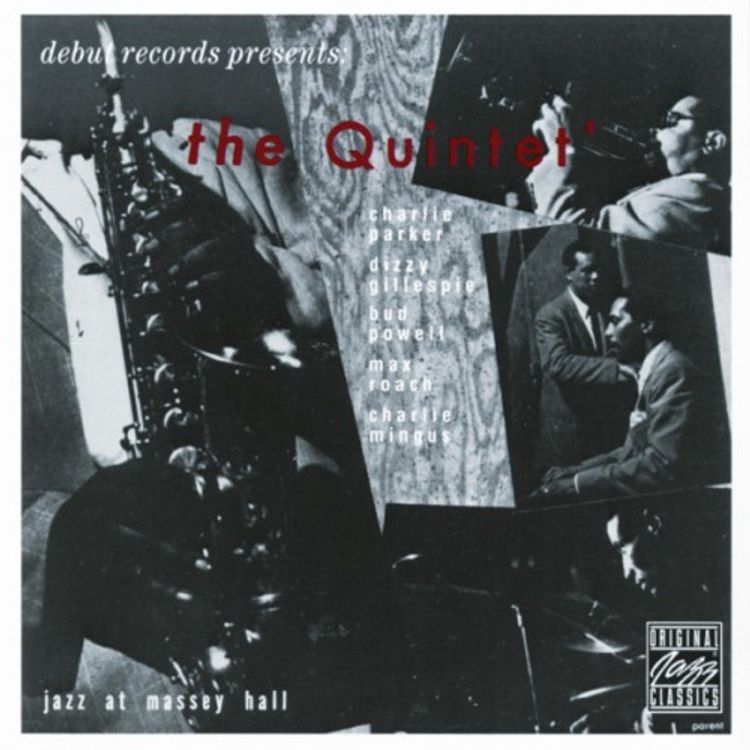Listening to 100+ Jazz Albums Chronologically For The First Time
Written by Oskar Vier
Published on 23.07.2025
A chronology of most of the most important Jazz albums, focusing on the time frame from 1951 to 1980. Most of them, I haven't heard before. Updated with a new review and score whenever I listened to another album.
1951
Duke Ellington and His Orchestra: “Masterpieces by Ellington”

Listen to: “Mood Indigo” and “Solitude”
The first album in my Jazz marathon comes from the legendary Duke Ellington. Why is it the first? Well, this was one of the first 12 Inch LPs to come out, which is the format that eventually evolved into what we know as an album today. Compared to older formats, it gave the artist much more space per side. Ellington used this by putting on it four pieces at an average length of 10 minutes.
"Masterpieces by Ellington" is primarily a classic Big Band album. Released in 1951, it came after the classic Big Band era of Jazz had already come to an end, with Bebop taking the lead towards the mid '40s.
And while it is primarily a classic Big Band album, across its four long pieces, it also comes with passages of Vocal Jazz (Tracks 1 & 2: "Moon Indigo" and "Sophisticated Lady") as well as elements of Progressive Big Band (Tracks 1 & 3: "Moon Indigo" and "The Tattooed Bride") and glimpses of Cool Jazz (Track 4: "Solitude"). Especially the elements of Vocal Jazz give this album a very old-school feel, but the other elements, from today's perspective, showcase its (indirect) influence on future classic Jazz albums that branched off/moved away from Bebop and Hard Bop again.
1952
Charlie Parker, Dizzy Gillespie: “Bird and Diz”

Listen to: “Bloomdido”, “Melancholy Baby”, “Mohawk”
This is one of the earliest real and quality albums when it comes to Bebop, with earlier and more influential documents mostly being live-sessions and recordings captured on older formats that were later pressed to 12 inch records as part of compilations.
Compared to "Masterpieces by Ellington", "Bird and Diz" suffers from much worse recording quality, which further highlights the groundbreaking recording quality of the former. This becomes especially obvious when listening to how the drums sound and paying attention to the dynamic range.
I thought "Bird and Dizz" would be a good way to get some classic Bebop into the marathon. However, this is not an album I will be returning to, as neither the performances nor the compositions really wow me in any way.
1953
Duke Ellington and His Orchestra: “Ellington Uptown”

Listen to: “Skin Deep”, “The Mooch”
The follow-up album to "Masterpieces" and with its first two tracks, it definitely makes that obvious: more progressive, bluesy, fiery and dark. It's sadly worn down by two older Standards, "Take the 'A' Train", which brings back the Vocal Jazz, and "Perdido". Both are adapted to fit the album and have their moments, but ultimately, they make the album feel less consistent than its predecessor.
The Quintet: “Jazz at Massey Hall”
